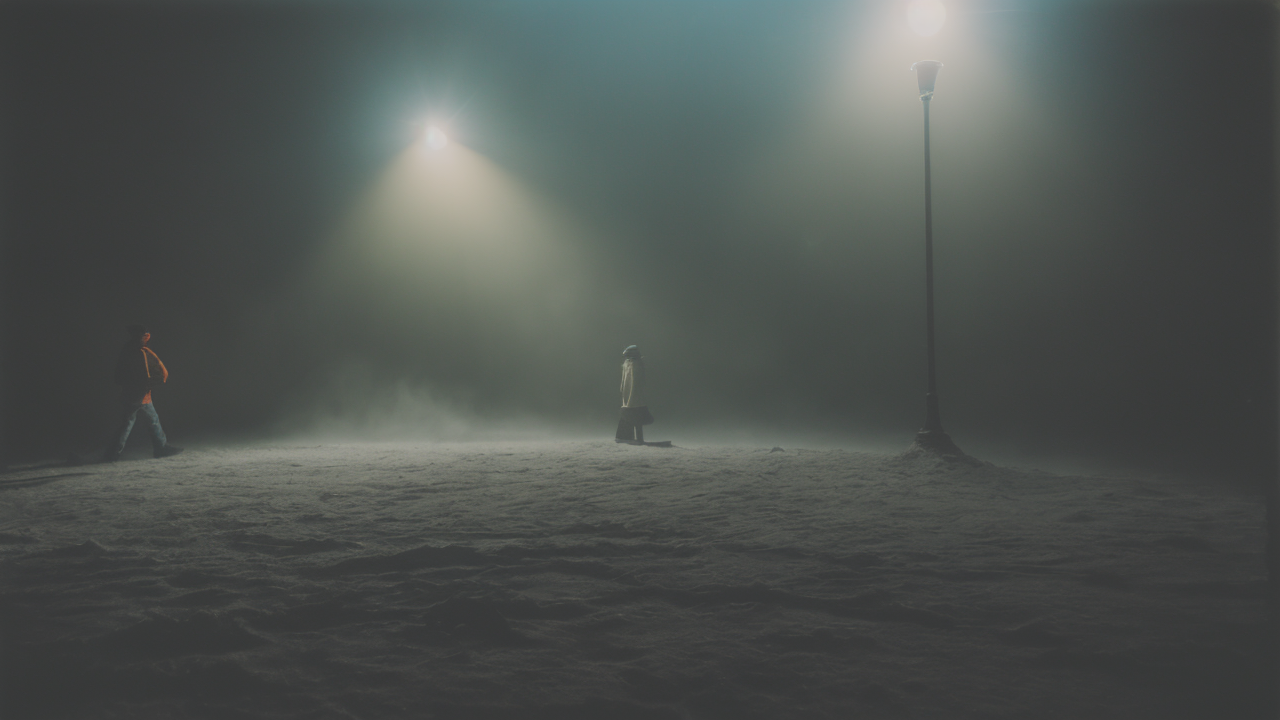
Mastering Plaster Techniques in Modern Art: A Comprehensive Guide
Understanding the Versatility of Plaster in Artistic Expression
The History of Plaster in Art
Plaster has been a vital medium in art for centuries. Ancient Egyptians used it for masks and sculptures. Greeks and Romans created stunning plaster casts of famous works. During the Renaissance, artists like Michelangelo used plaster for preliminary models. In the 20th century, plaster gained new life in modern art movements. Artists like Alberto Giacometti and George Segal embraced its unique properties. Today, plaster continues to evolve in contemporary art practices.

Key Properties of Plaster Suitable for Art
Plaster's versatility makes it ideal for various art forms. It's moldable when wet, allowing for intricate details. Once dry, it becomes solid and durable. Plaster can be carved, sanded, and painted easily. It's lightweight yet strong, perfect for large-scale sculptures. The material absorbs pigments well, offering vibrant color options. Plaster's quick-drying nature enables rapid prototyping. Its affordability and accessibility make it popular among artists of all levels.
Developing Advanced Plastering Techniques
The Process of Casting with Plaster
Casting with plaster involves several steps. First, create a mold using clay, silicone, or other materials. Mix plaster powder with water to form a smooth paste. Pour the mixture into the mold carefully. Allow it to set, which usually takes 20-30 minutes. Once hardened, remove the cast from the mold gently. Let it dry completely before further work. For complex shapes, consider using multiple-part molds. Always wear protective gear and work in a well-ventilated area.

Innovative Techniques for Texture and Detail
Artists can create unique textures in plaster works. Try pressing objects into wet plaster for imprints. Use tools to carve intricate patterns on semi-dry surfaces. Experiment with adding materials like sand or sawdust to the mix. For smooth finishes, sand the dried plaster with fine-grit sandpaper. Create depth by layering thin coats of plaster. Explore techniques like sgrafitto by scratching through layers. Consider using molds made from unconventional materials for interesting textures.
Tips for Achieving Durability and Longevity in Artworks
To ensure your plaster art lasts, follow these tips:
- Use high-quality plaster for better strength
- Add reinforcement materials like fiberglass or burlap for large pieces
- Apply a sealant to protect against moisture
- Store finished works in a dry environment
- Handle with care, as plaster can chip or crack
- Consider adding a protective coating for outdoor sculptures
- Regularly dust and clean to maintain appearance
- Repair small damages promptly to prevent further issues
Integrating Plaster into Contemporary Art Practices
Case Studies: Successful Artists Using Plaster
Many contemporary artists have found success with plaster. Rachel Whiteread creates haunting casts of negative spaces. George Segal's life-size figures capture moments in time. Aron Demetz combines plaster with wood for striking sculptures. Thomas Demand uses plaster in his hyper-realistic paper constructions. These artists show plaster's range in modern art. They push boundaries, creating works that challenge perceptions. Their success inspires new generations to explore this versatile medium.

How to Combine Plaster with Other Mediums
Plaster works well with various materials. Try these combinations:
- Mix plaster with acrylic paint for colorful sculptures
- Embed found objects in wet plaster for assemblage art
- Use plaster as a base for mosaic or collage work
- Combine plaster casts with metal or wood structures
- Create mixed media pieces with plaster and fabric
- Experiment with plaster and resin for unique effects
- Apply gold leaf or metallic paints to plaster surfaces
These techniques open up new possibilities in art creation.
Future Trends in Plaster Use in Art
The future of plaster in art looks promising. 3D printing technology may revolutionize plaster casting. Eco-friendly plaster alternatives are gaining popularity. Artists are exploring plaster in digital and interactive installations. There's growing interest in large-scale public art using plaster. New additives could enhance plaster's properties further. The combination of traditional techniques with modern technology offers exciting prospects. As artists continue to innovate, plaster will remain a relevant and dynamic medium in the art world.


